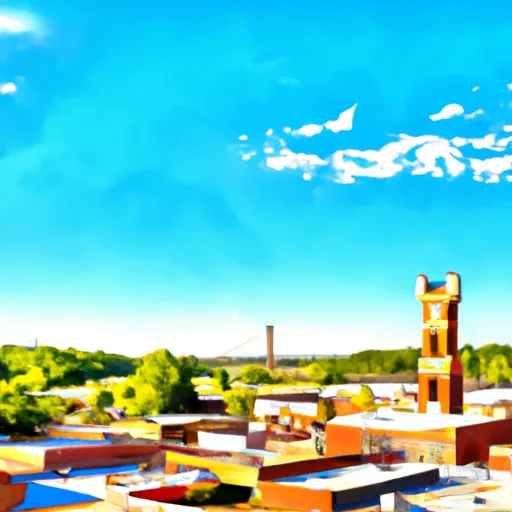°F
°F
mph
Windspeed
%
Humidity











Powersville, Missouri is a small town located in the northern part of the state. The climate in Powersville is characterized by four distinct seasons. Summers are hot and humid, with temperatures often reaching 90°F, while winters are cold and snowy, with average temperatures dropping below freezing. Spring and fall are pleasant, with mild temperatures and occasional rainfall.
In terms of hydrology constituents, Powersville is situated near several lakes and rivers. The nearby Grand River offers opportunities for fishing, boating, and other water activities. The region is also known for its numerous creeks and streams, which provide a picturesque setting for hiking and exploring nature.
Outdoor recreation opportunities in Powersville are abundant. The town is surrounded by beautiful countryside, making it an ideal destination for camping, hiking, and hunting. The area is also home to several parks and nature reserves, where visitors can enjoy picnicking, birdwatching, and wildlife spotting.
In conclusion, Powersville, Missouri offers a diverse climate, with distinct seasons that cater to various recreational activities throughout the year. Its proximity to water bodies and natural landscapes make it an attractive destination for outdoor enthusiasts.
Weather Forecast
Powersville receives approximately 963mm of rain per year, with humidity levels near 82% and air temperatures averaging around 10°C. Powersville has a plant hardyness factor of 5, meaning plants and agriculture in this region thrive during a short period during spring and early summer. Most plants will die off during the colder winter months.
Regional Streamflow Levels
124
Cubic Feet Per Second
63
Cubic Feet Per Second
34
Cubic Feet Per Second
361
Cubic Feet Per Second
Nearby Camping
| Camping Area | Reservations | Toilets | Showers |
|---|---|---|---|
| Camp Ridge | |||
| Outlet Area - Pomme de Terre Lake | |||
| Lightfoot Landing - Pomme de Terre Lake | |||
| Osage Bluff - Harry S. Truman Lake | |||
| Cobb Ridge | |||
| Lincoln City Park |



